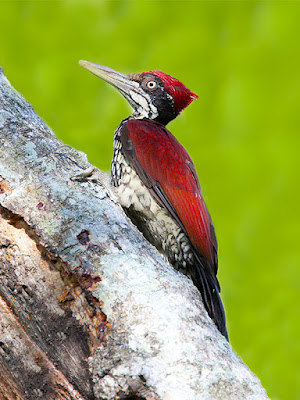Kaha kondaya - TheYellow-Eared Bulbul (Pycnontus penicilatus)

Identification The Yellow-eared Bulbul is about 20cm (7 inches) in length, with a long tail. It has olive upperparts and yellowish underparts. The crown of the head is grey, and there are yellow ear tufts and a yellow patch below the eye. There is a white tuft in front of the eye and the throat is also white. Behavior Sexes are similar in plumage, but young birds are duller than adults. The flight is bouncing and woodpecker-like. This Bird is not a shy bird. It is usually found in pairs or in small flocks. It feeds mainly on both fruits and insects. The main breeding season is in February-May and the secondary breeding season is in August-October. There nest is a stout mass of green moss with a deep well lined with fine rootlets or other fibers. Two white or pink ground-colour eggs are measure about 23.4×16.7 mm.





